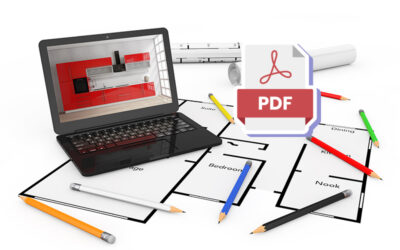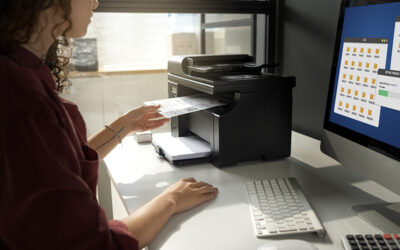Having all medical records scanned and digitized with the help of document scanning services is the best way to ensure streamlined documentation and improved efficiency in a healthcare setting. It can also increase better communication among doctors and patients, improve collaboration among the team, lower production time, save cost and increase accessibility. It also helps to consolidate all medical data from different locations into one for easy reference. Today, hospitals can digitize all medical records and achieve clinical document improvement that assures better medical coding and maximum reimbursement.
Effective digitization of patient records is challenging and proper scanning of records is important to achieve quality output. Following are the best practices to digitize patient records.
- Before scanning, patient records need to be prepped through to ensure a seamless digitization process. Sort out colour coded forms, multiple copy forms, take out the binding, paper clips and unfold folded paper ends etc that hinder the digitization project. Properly prepping paper-based patient records improves the productivity of scanning process.
- Set up productivity standards for the digitization process and hold the staffs responsible for meeting or exceeding these standards.
- Assign more staffs in the beginning of the digitization process so that all records received each day can be processed within the expected turnaround times. Failing to meet the target can demotivate staffs and affect the project’s success. So, employ more staffs in the beginning and gradually reduce the number as productivity increases.
- Records of similar types should be kept together – such as double-sided versus single-sided documents, oversized versus standard-sized documents, and landscape versus portrait documents.
- Assign staff to the same types of records and hold them accountable for the batches that they complete. This ensures better proficiency and provides valuable tracking data to identify staff who may need additional training to meet quality and productivity standards.
- Use tapes to repair torn documents, or to mount small documents and scan the tapes before beginning the digitization process. This is because high gloss tapes can cast shadows and interfere with good image quality, and the glue in some tapes will obliterate whatever is written underneath. So, choose the tapes and glue wisely.
- Sort out the documents that need to scanned in black and white, and those that need to be scanned in color before beginning the scanning project. This will provide a good quality image for such documents as ECGs. Find out whether all documents can be effectively scanned at 200 dpi or 300 dpi which is the standard for documents that require electronic data capture or Optical Character Recognition.
- Documents that are illegible, torn and in poor condition should be sent to their source for correction before the scanning process. This is because the legibility of patient demographic information is vital on a digital image.
- Clean the scanning devices well and often to ensure that consumable products such as rollers and pads are replaced on a regular basis to assure quality output.
- Implement “4 Eyes Principle” for all quality control checks. This means, two people agree on some action or process, or quality of work before it can be approved.
Advantages of Digitizing Medical Records
Digitized patient records are essential for providing good patient care and inadequate records can harm the performance on quality measures. Accurate digital patient records help physicians to minimize patient risk, develop personalized care plans and provide quality data for incentive payments. Here’s a look at some major advantages.
- Access to up-to-date, accurate and complete information about patients at the point of care.
- Quick access to patient records for providing coordinated and efficient patient care.
- Safe and secure sharing of electronic information with clinicians and patients.
- Helps healthcare providers to effectively diagnose patients and minimize medical errors.
- Facilitates better interaction between patient and provider.
- Promotes legible, complete documentation and streamlined coding and billing
- Improves privacy and security of patient data and ensures reliable prescribing
- Allows healthcare providers to improve efficiency, productivity, meet business goals and enhance work life balance.
- Minimizes costs with no or less paperwork, improve safety, and improve health.
Patients often visit multiple healthcare providers, and patient records from one facility may have information on diagnoses, lab test results, or other data critical to providers at another institution. Accurate patient records ensure that doctors, nurses, and other clinicians provide proper patient care across healthcare facilities.
Digitizing all patient data like treatment charts, account information, insurance plans, medical diagnosis, doctor’s remarks and other records makes it accessible to everyone and also helps to streamline operations. Outsourcing digitization to a trusted provider of document scanning services helps healthcare providers to focus more on providing quality healthcare. With trained personnel and advanced technology, they will ensure accurate scanning and conversion solutions so that all patient records are organized and managed well.




